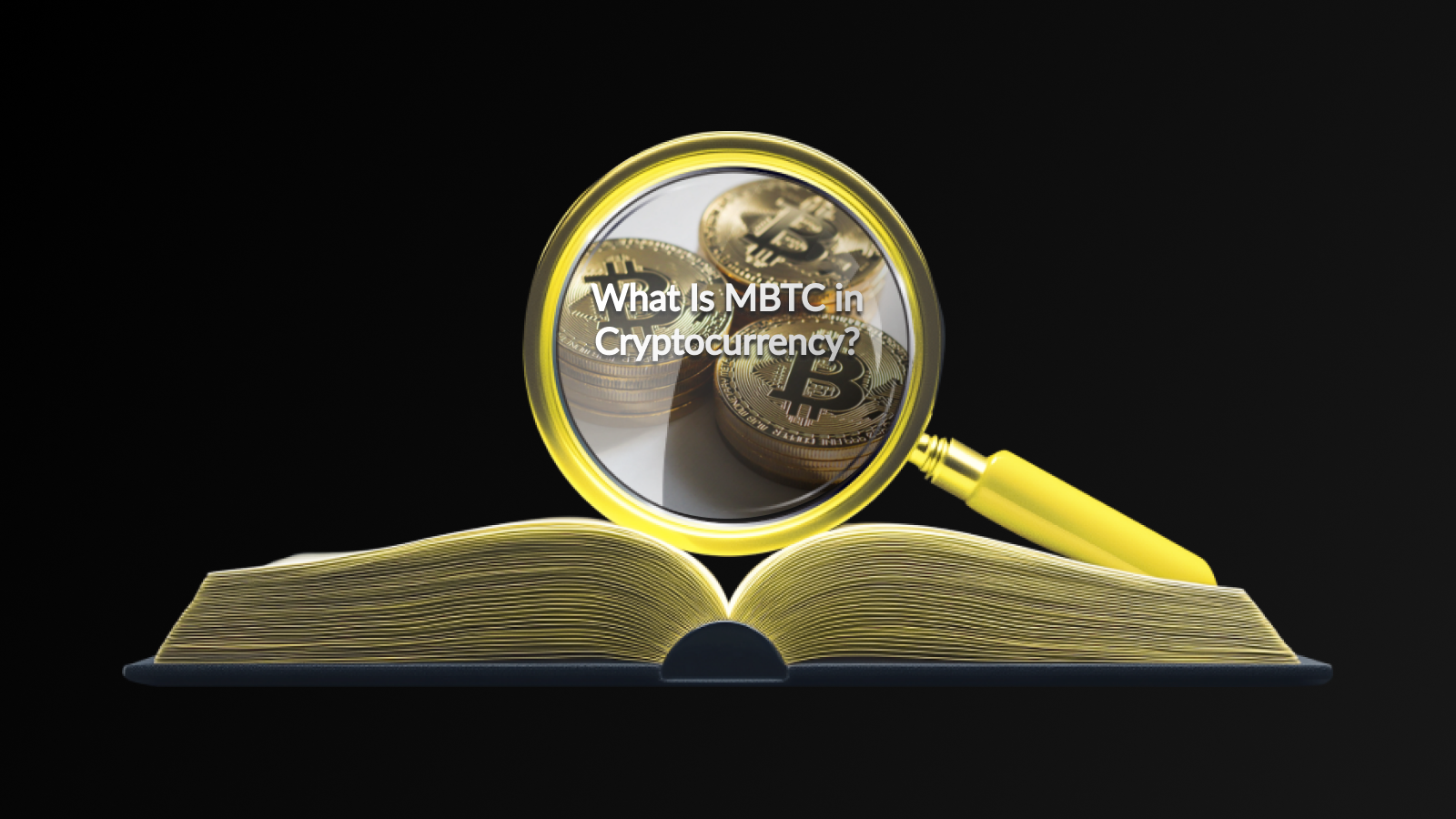Introduction
Explore market orders in trading, their workings, advantages, disadvantages, and the right moments to utilize them for optimal investment decisions.
In the fast-paced world of cryptocurrency trading, understanding the various types of orders is essential for successful transactions. One of the most commonly used order types is the market order. This type of order allows traders to buy or sell a cryptocurrency at the current market price, ensuring immediate execution. However, it comes with its own set of implications that traders need to grasp fully.
The simplicity of a market order makes it an appealing choice for both novice and experienced traders alike. When you place a market order, you are essentially agreeing to accept the price that is available at that moment, thereby prioritizing speed over price certainty. This can be particularly critical in a volatile market where prices can fluctuate significantly within short periods.
Despite its advantages, relying solely on market orders may not always be the best strategy. Understanding when and how to effectively utilize a market order can enhance your trading strategies and potentially lead to better outcomes. As we delve deeper into this topic, we’ll explore the mechanics of market orders, their pros and cons, and when they are most effectively used in the realm of cryptocurrency trading.
How Does a Market Order Work?
A market order is one of the simplest and most common types of orders used in cryptocurrency trading. When a trader places a market order, they are instructing their broker or trading platform to buy or sell an asset immediately at the best available price in the market. Unlike limit orders, which specify a price at which the trader wishes to execute a trade, market orders prioritize execution speed over price. This means that the order will be fulfilled as quickly as possible, regardless of the current market price.
When you submit a market order, the following steps typically occur:
- The trader specifies the amount of cryptocurrency they want to buy or sell.
- The trading platform checks the order book to find the best matching order that can fulfill the request.
- The order is executed at the current market price, which means the actual price may vary slightly from the price displayed when the order was placed—this is known as slippage.
- The trade confirmation is then sent to the trader, indicating the completed transaction.
It’s important to note that while market orders provide quick execution, they can come with risks, particularly in a volatile market. Price fluctuations can lead to unexpected outcomes, especially during significant market movements. Therefore, traders should evaluate whether the speed of execution is worth the potential for price discrepancies when using a market order.
Advantages and Disadvantages of Market Orders
Market orders are a popular choice among traders in the fast-paced world of cryptocurrency trading. One of the primary advantages of using a market order is the speed at which the transaction is executed. Since market orders are executed immediately at the current market price, traders can quickly enter or exit positions without delay, which is crucial in a highly volatile market.
However, this speed does come with potential downsides. The primary disadvantage of a market order is that it doesn’t guarantee a specific price. In rapidly changing market conditions, the price at which a trader expects to buy or sell can differ significantly from the actual execution price. This phenomenon, known as slippage, can erode potential profits or exacerbate losses.
Furthermore, while market orders are straightforward and easy to execute, they are not always the best option for the more strategic trader. For those looking to optimize entry and exit points, limit orders might provide more control over the transaction price. Therefore, weighing the advantages and disadvantages is essential before deciding to place a market order.
When to Use Market Orders
Understanding when to use a market order is crucial for effective cryptocurrency trading. Market orders are best suited for situations where speed is of the essence, and the trader is willing to accept the prevailing market price for their cryptocurrency. Here are some scenarios where utilizing a market order can be advantageous:
- Quick Entry or Exit: If you need to quickly buy or sell a cryptocurrency, a market order allows you to execute the trade instantly at the best available price.
- High Liquidity Conditions: In markets with high trading volume, executing a market order typically results in a price very close to the current market price, ensuring minimal slippage.
- Ignoring Price Fluctuations: If you believe the market price will change rapidly and you’re concerned about missing the opportunity for a trade, a market order can help lock in your transaction quickly.
- Frequent Trading: For active traders who make multiple trades within a short period, using market orders can streamline the trading process and reduce the hassle of setting specific price points.
While market orders provide speed and convenience, it’s essential to consider the current market climate and select the order type that aligns best with your trading strategy.
Disclaimer
This article is for informational purposes only and does not constitute financial advice. Cryptocurrency investments and trading carry inherent risks due to market volatility. It is essential to conduct thorough research and consult with a qualified financial advisor before making any investment or trading decisions.
Click for more education articles





